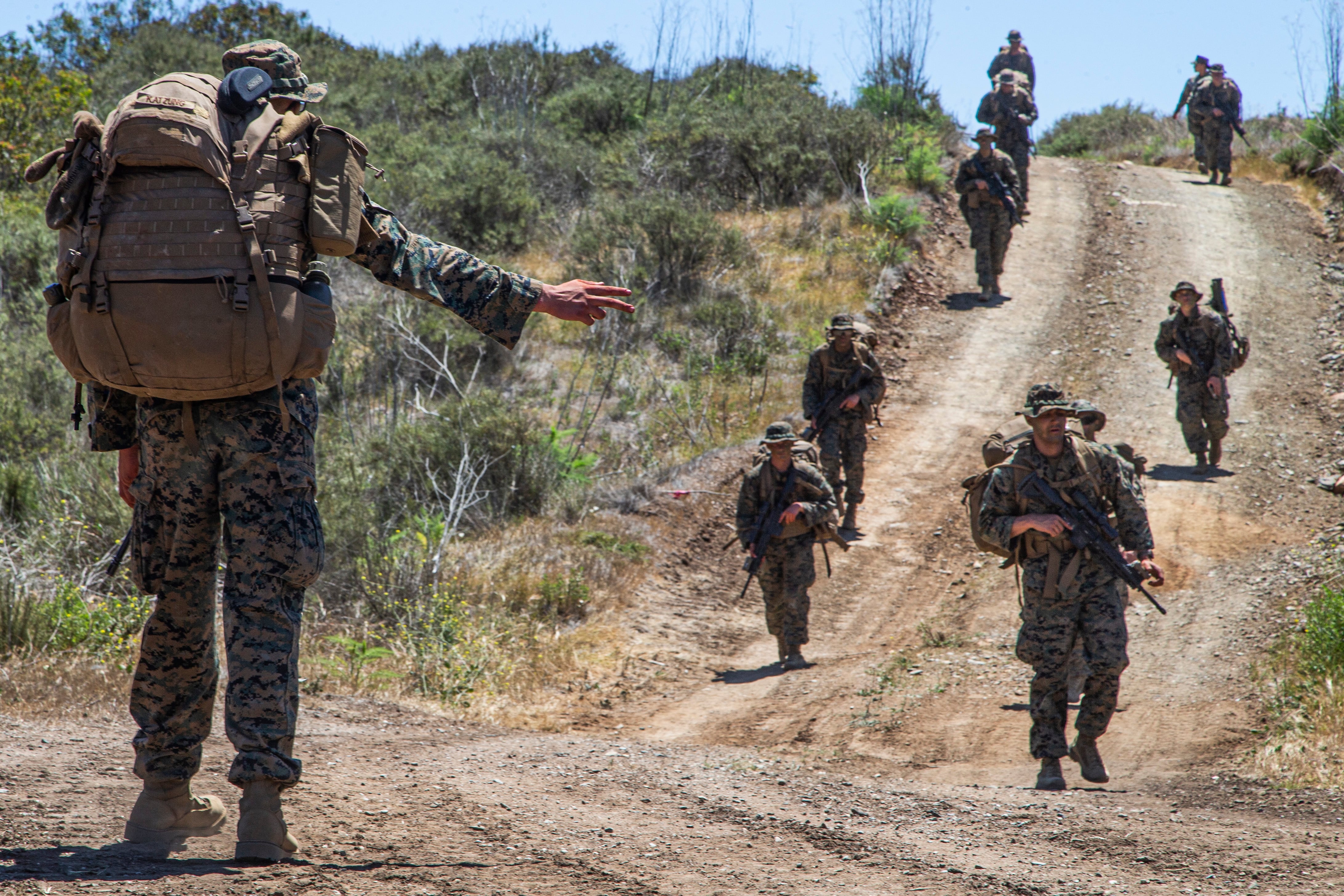The Marine Corps is cutting its total manpower to pre-9/11 levels in the coming years. But the one place that looks to be staying steady is the Marine Corps Reserve.
In its 2022 budget request, the service told Congress it would cut active-duty numbers by 2,700 from 181,200 down to 178,500. The goal for active duty end strength in current plans would hit a low of 174,000 by 2030, according to Marine Corps planning documents.
The same request saw an increase of 600 in the reserves, going from 36,200 to 36,800.
RELATED

But that increase, is actually a leveling. The reserves dropped to a low of 35,500 in 2020 due to poor recruiting and retention, according to a Center for Strategic and International Studies budget report released in November 2021.
What exactly those reserve Marines will be doing remains in a sort of wait-and-see mode for now.
Marine Corps Commandant Gen. David Berger said in his 2019 planning guidance that the service would “explore the efficacy of fully integrating our reserve units with the Active Component.”
The Marines are the only service to mirror nearly exactly its reserve component with its existing active-duty structure. The reserve 4th Marine Division has most of the same pieces and parts as 1st, 2nd and 3rd Marine Divisions on the active side.
The Army Reserve, Guard, and Air Force and Navy Reserve instead put certain capabilities in their respective reserves to call up for limited use or full-scale peer conflict.
Mark Cancian, CSIS report author and retired Marine officer, has advocated for the Corps to take a similar approach, especially with remote drone piloting and with the recently discarded Marine tankers and military police.
Todd South has written about crime, courts, government and the military for multiple publications since 2004 and was named a 2014 Pulitzer finalist for a co-written project on witness intimidation. Todd is a Marine veteran of the Iraq War.




